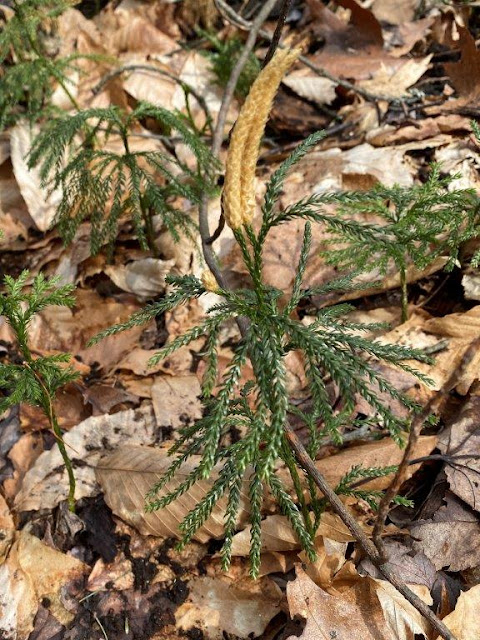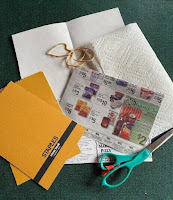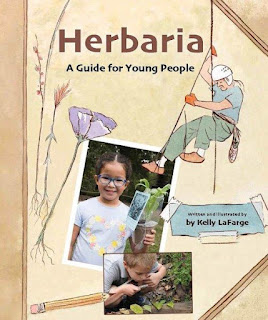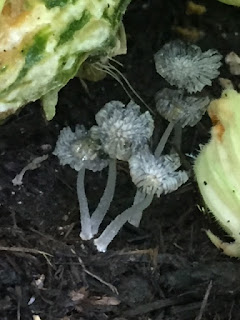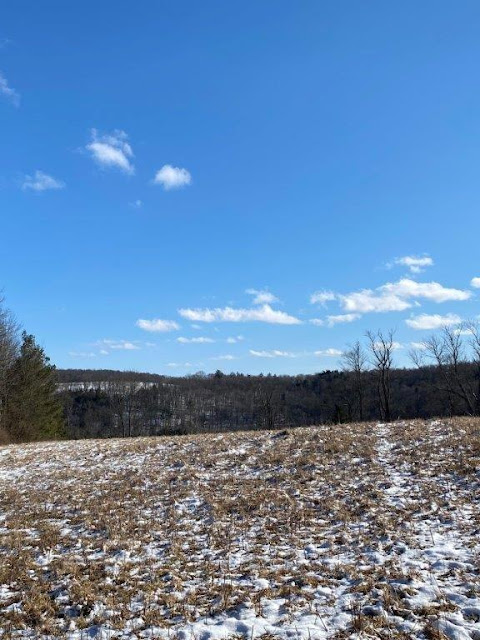by Ella Schwartz; illus. by Gaby D'Alessandro
128 pages; ages 9-11
Bloomsbury Children’s Books, 2021
This book asks the question: when you think of famous scientists and inventors, who comes to mind? Chances are you might have thought about Henry Ford, Thomas Edison, Alexander Graham Bell, Charles Darwin… maybe even Marie Curie.
If you stop and think for a moment, you might start wondering: where are the black inventors? Where are the stories of women in science? Why don’t we hear more about immigrant contributions to science and technology and engineering?
Because, writes author Ella Schwartz, too often their contributions have been overlooked, or credit for their discoveries given to other people. She sets out to rectify the situation by telling the stories of thirteen people who have been overlooked, underappreciated, and written out of history:
Mary Anning, whose discovery of ichthyosaur was published in scientific papers by a man who never credited her for finding – and digging out – the fossils.
Jo Anderson, who forged parts for, and assembled the mechanical reaper bearing the McCormick name. As an enslaved person, Jo never received credit for his invention.
Antonio Meucci, who invented a telephone years before Bell, but could not raise enough money to build the working prototype required for a patent.
Benjamin Bradley who built working models of steam engines but, as an enslaved person, was prohibited from patenting the idea.
Carlos Juan Finlay, Anna Wessels Williams, and Nettie Stevens who were denied credit for their discoveries in medicine and genetics
Lise Meitner, Hilde Mangold, Chien-Shiung Wu, Marie Tharp, and Rosalind Franklin who did groundbreaking research in physics, embryology, and more, but whose discoveries were presented by men.
After grinding my teeth over the injustice of it all, I asked Ella One Question:
me: What made you want to tell these stories?
Ella: Throughout history, women and marginalized people have long had to claw their way to make advances in the sciences, only to have the credit for their groundbreaking work stolen from them - and that’s not fair. I chose to write Stolen Science to finally give credit where credit was due! These stories deserve to be told and children of all backgrounds deserve to see themselves represented in the sciences. Science is open to everyone.
One of the cool things about this book is that sprinkled throughout are sidebars that offer deep dives into the science and technology. You can learn more about the molecular structure of DNA, have fun with nuclear physics, and get a better grounding in paleontology.
Stolen Science is a perfect book for Women’s History Month. It’s also one of the books featured over at
STEM Tuesday this month, where the focus is on diversity in STEM.
Ella is a member of #STEAMTeam books. Her middle grade book,
Is It Okay To Pee In The Ocean? comes out in January, 2023 from Bloomsbury. You can find out more about her
at her website.
Thanks for dropping by today. On Monday we'll be hanging out at Marvelous Middle Grade Monday with other bloggers. It's over at Greg Pattridge's blog,
Always in the Middle, so hop over to see what other people are reading.
Review copy provided by the publisher.
